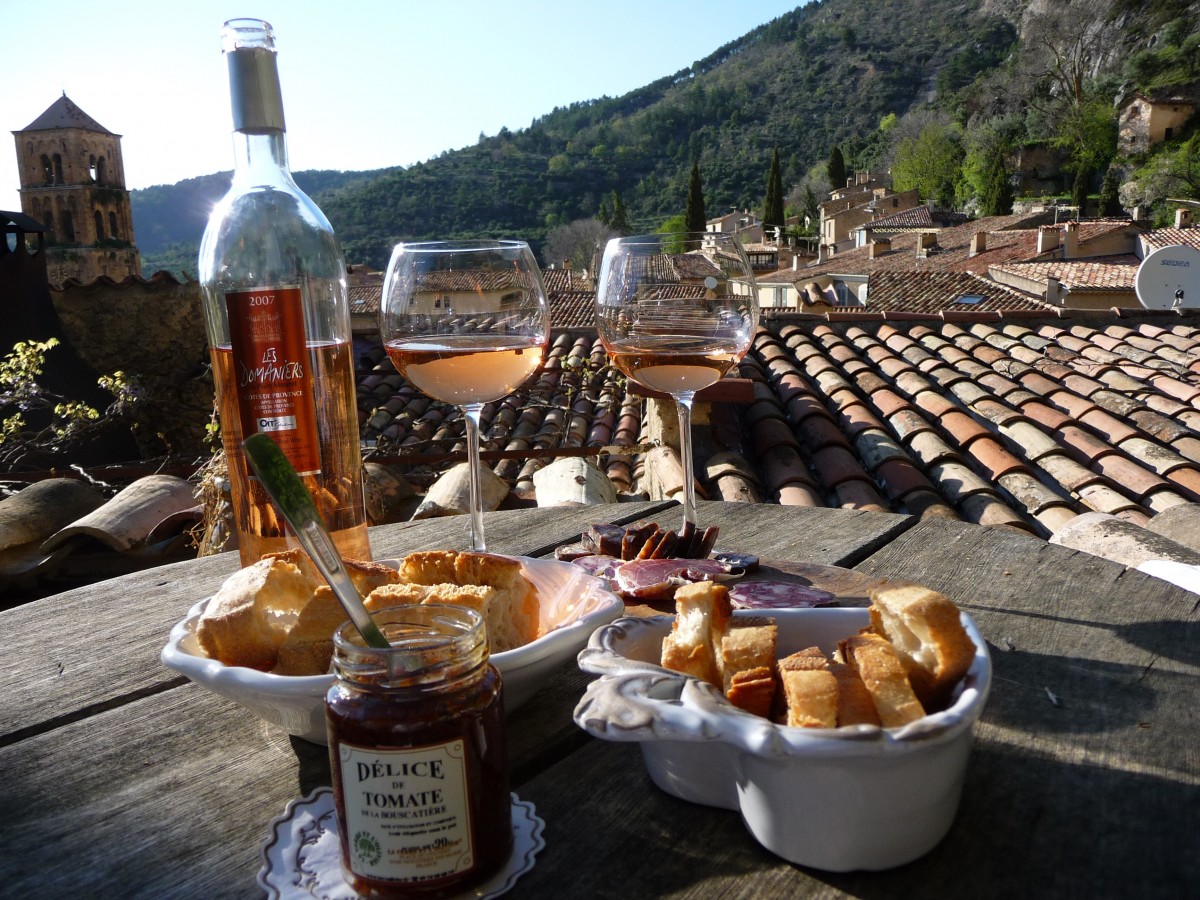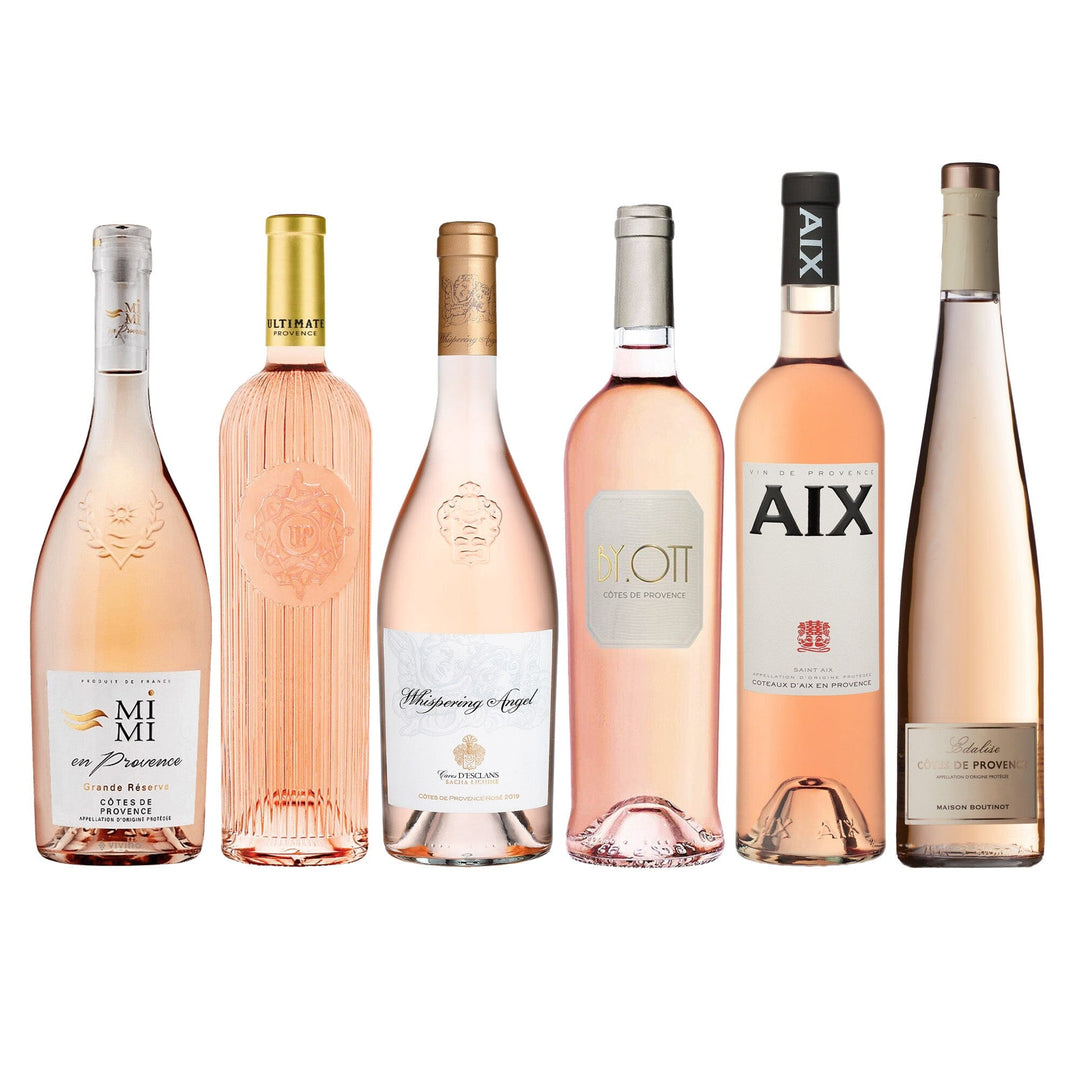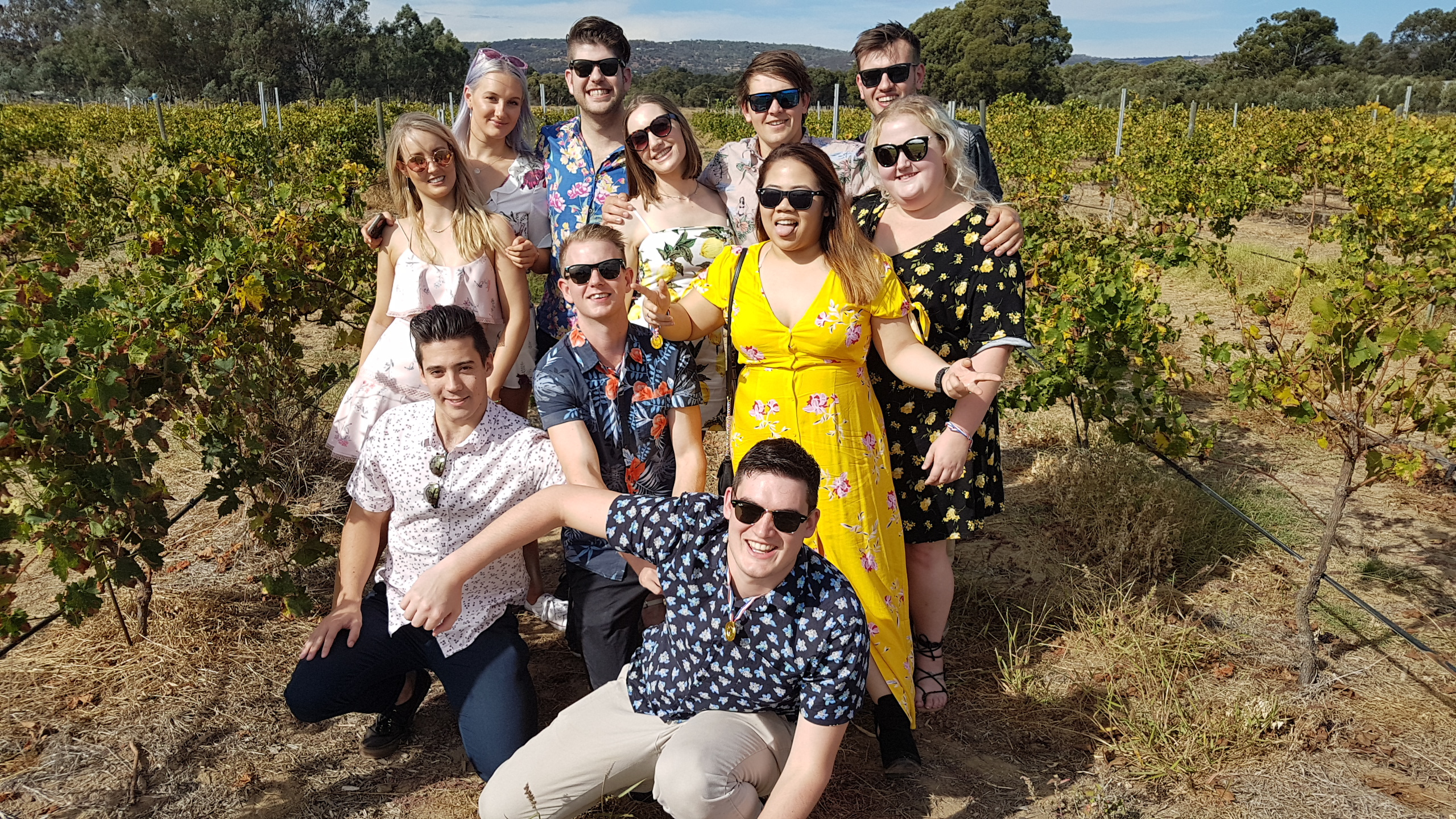Discovering Provence: Exploring the Heart of France’s Rosé Wine Region
Dec 25, 2024 | By Piz za
Provence, a picturesque region in southeastern France, is renowned for its captivating landscapes, charming villages, and, most notably, its exceptional rosé wines. This area has established itself as a global leader in rosé production, with over 80% of its wine output dedicated to this blush-colored delight (Wine Tours France). As we delve into the heart of Provence, we uncover the rich history, diverse terroirs, and unparalleled craftsmanship that define its rosé wine culture.
The Essence of Provence Rosé
Rosé wine from Provence is celebrated for its light, dry, and refreshing profile, often characterized by delicate notes of red fruits, citrus, and a subtle hint of minerality (Winalist). The region’s winemakers have honed their craft over centuries, producing wines that reflect the unique terroirs of Provence. The Côtes de Provence appellation, the largest in the region, spans over 20,149 hectares, showcasing the diversity of the landscape and the expertise of its vintners (Diane Wine Voyage).

Tip: When choosing a Provence rosé, look for labels indicating specific appellations such as Bandol or Côtes de Provence. These often provide insight into the wine’s flavor profile and quality.
Tip: Pair Provence rosé with light dishes like grilled seafood, fresh salads, or Mediterranean cuisine to enhance its delicate flavors.
A Rosé Superpower
Provence’s dominance in rosé production is undisputed. The region produces approximately 150 million bottles of wine annually, with a staggering 87% being rosé (Provence Paradise). This remarkable output not only underscores the popularity of rosé but also highlights the region’s commitment to quality and innovation. The global demand for Provence rosé continues to rise, with consumption increasing by 12% in recent years (Provence Paradise).

Tip: Visit during the annual rosé festivals in Provence, such as “Les Printemps des Vins,” to sample a wide variety of wines directly from producers.
Tip: For those new to rosé, start with lighter, fruitier options before exploring more complex styles with herbal or mineral undertones.
Iconic Producers and Their Offerings
Among the esteemed producers in Provence, Château d’Esclans and Domaine Ott stand out as symbols of luxury and excellence. Château d’Esclans, known for its Whispering Angel label, offers a gateway to the world of Provence rosé, while Domaine Ott’s Château de Selle exemplifies high-quality production (Wine Mixture). These producers, among others, have elevated the status of Provence rosé, making it a sought-after choice for wine enthusiasts worldwide.

Tip: Many iconic producers offer guided tours and tastings at their estates. Booking in advance ensures a personalized and enriching experience.
Tip: Explore less-known producers as well; boutique wineries often provide unique rosés with distinct local character.
Exploring Provence’s Wine Regions
The Provence wine region is divided into nine appellations, each contributing to the area’s rich viticultural tapestry (Diane Wine Voyage). Among these, Bandol is particularly noteworthy for its exceptional rosé wines, which are often pale-colored and possess a distinctive elegance (Cellar Tours). As visitors traverse the region, they encounter a myriad of terroirs, each imparting unique characteristics to the wines produced there.

Tip: Plan visits to multiple appellations to appreciate the diversity in winemaking styles and terroirs across Provence.
Tip: Hire a local guide for in-depth knowledge of the region’s wine history and access to hidden gems off the beaten path.
Wine Tourism in Provence
Provence is not only a haven for wine production but also a premier destination for wine tourism. The region’s scenic beauty, coupled with its rich cultural heritage, offers a captivating experience for visitors. Wine tours provide an opportunity to explore the vineyards, taste exquisite wines, and immerse oneself in the local culture (Wine Tours France). Notable destinations include the charming village of Les Baux de Provence and the majestic Mont Ventoux, both of which offer breathtaking views and memorable wine-tasting experiences (Wine Keller).

Tip: Combine wine tours with visits to local markets to sample regional delicacies like olive oil, honey, and lavender-based products.
Tip: Consider cycling tours through the vineyards for a unique way to explore the landscape and enjoy the fresh Provençal air.
Sustainability and Organic Practices
In recent years, Provence has made significant strides in sustainable winemaking practices. Approximately 24% of the vineyards in the region are certified organic, reflecting a growing commitment to environmental stewardship (Elite Traveler). This focus on sustainability not only enhances the quality of the wines but also ensures the preservation of Provence’s natural beauty for future generations.

Tip: Look for wines labeled as “AB” (Agriculture Biologique) or “organic” to support environmentally conscious producers.
Tip: Participate in eco-friendly vineyard tours that highlight sustainable practices, such as water conservation and biodynamic farming.
Must-Visit Destinations for Wine Enthusiasts in Provence
Provence is more than just a haven for wine lovers; it’s a region where picturesque vineyards intertwine with charming villages, historical landmarks, and breathtaking landscapes. If you’re exploring the world of Provence rosé, don’t miss the opportunity to visit these standout locations that beautifully merge wine culture with the region’s unique heritage.
- Château d’Esclans
Home to the iconic Whispering Angel, this estate offers stunning views and a deep dive into the art of rosé winemaking. Guided tours and tastings provide an intimate experience of one of Provence’s most renowned producers. - Domaine Ott – Château de Selle
This historic vineyard near Draguignan is celebrated for its luxurious wines and beautiful estate, offering an elegant setting to learn about Provence’s winemaking traditions. - Bandol Wine Region
Known for producing some of the finest rosés in Provence, Bandol’s vineyards are set against the backdrop of the Mediterranean, making it an idyllic destination for wine tasting and exploration. - Les Baux-de-Provence
This enchanting village combines history and viticulture, with several vineyards nearby that focus on sustainable winemaking. The town itself offers incredible views and historical charm. - Château Sainte Roseline
A classified historical monument, this estate in Les Arcs-sur-Argens boasts exquisite wines alongside a 12th-century chapel and art exhibitions, making it a cultural and oenological gem.
Provence offers a tapestry of experiences that go beyond wine tasting. Whether you’re strolling through historic estates, savoring rosé with a view of the Mediterranean, or discovering charming villages nestled among the vineyards, this region invites you to immerse yourself fully in its culture and beauty. Plan your journey to include these standout destinations, and let Provence’s magic elevate your love for wine and travel.
Conclusion
Provence’s rosé wine region is a testament to the harmonious blend of tradition, innovation, and natural beauty. With its unparalleled production capabilities, iconic producers, and enchanting landscapes, Provence continues to captivate wine lovers around the world. As the global appetite for rosé grows, this region remains at the forefront, offering a sensory journey through the heart of France’s winemaking heritage.
Related Blogs

India vs New Zealand: A Traveler’s Perspective on Two Unique Destinations
India vs New Zealand are two destinations that offer contrasting yet equally mesmerizing experiences. India vs New Zealand comparisons often highlight India’s centuries-old traditions, bustling bazaars, and architectural marvels versus New Zealand’s breathtaking natural landscapes and adrenaline-pumping adventures. Whether you’re a culture enthusiast, nature lover, or thrill-seeker, this guide will help you explore the best […]

Barbastro Barcelona: A Journey Through Spain’s Hidden Gems
Spain is a treasure trove of culture, history, and breathtaking landscapes. Two destinations that encapsulate the country’s charm are Barbastro Barcelona. While Barcelona is renowned for its vibrant city life and iconic architecture, Barbastro offers a quieter, more traditional Spanish experience nestled in the heart of the Somontano wine region. Together, they create the perfect […]

The Complete Guide to the Carry On Cast: Past, Present, and Future
The Carry On films stand as a cornerstone of British cinema, delivering decades of laughter and unforgettable characters. This iconic comedy franchise, spanning over 30 years, combined slapstick humor, clever wordplay, and a talented ensemble cast that became household names. This guide explores the history of the Carry On cast, their contributions to the franchise, […]

Exploring Austria’s Iconic Opera Houses
Austria, a nation steeped in a rich cultural heritage, stands as a beacon of classical music and artistic excellence. Among its most revered cultural institutions are its opera houses, which serve as both architectural marvels and stages for world-class performances. This report delves into the history, architecture, notable performances, and cultural significance of Austria’s iconic […]

Exploring the Distinctive Andean Music of Bolivia
The Andean music of Bolivia is a vibrant and integral part of the country’s cultural tapestry, deeply rooted in the traditions and spiritual practices of the Andean peoples. This genre of music is not only a form of artistic expression but also a medium through which the stories, legends, and historical narratives of the Aymara […]

Learning About the Carnival Culture in Rio de Janeiro, Brazil
The Rio de Janeiro Carnival, often heralded as the world’s largest and most famous carnival celebration, is a vibrant showcase of Brazilian culture, history, and community spirit. This annual event, which draws millions of participants and spectators from around the globe, is a testament to Brazil’s rich cultural heritage and its capacity for joyous celebration. […]

Mastering Mozzarella: A Taste of Italy
Mozzarella, a semi-soft cheese originating from Italy, is cherished for its creamy texture and mild flavor. Traditionally crafted from buffalo milk, it also finds a popular variant made from cow’s milk. This cheese is not just a culinary staple but a cultural icon, deeply embedded in Italian society and cuisine. Its high moisture content contributes […]

Discovering the Art of Calligraphy in South Korea
Korean calligraphy, known as “Seoye” (서예), stands as a testament to the rich cultural heritage and artistic expression of Korea. This ancient art form, which involves the artistic writing of both Hanja (Chinese logographs) and Hangul (the Korean native alphabet), transcends mere communication to become a profound medium of aesthetic and spiritual expression. As we […]

Scotland’s Tartan: A History of Highland Dress
Tartan, with its vibrant patterns and historical richness, is one of Scotland’s most iconic symbols. It is inextricably linked to the kilt and the national dress of Scotland, embodying both cultural heritage and identity. This detailed report delves into the origins, evolution, and cultural significance of tartan and Highland dress, exploring how this textile has […]

Tribal Arts of Papua New Guinea: A Unique Heritage
Papua New Guinea (PNG) is a nation marked by its remarkable cultural diversity, with over 800 distinct tribes, each possessing its own language and customs. This diversity is vividly expressed through the tribal arts, which are not only a testament to the rich heritage of the indigenous people but also serve as a living tapestry […]

